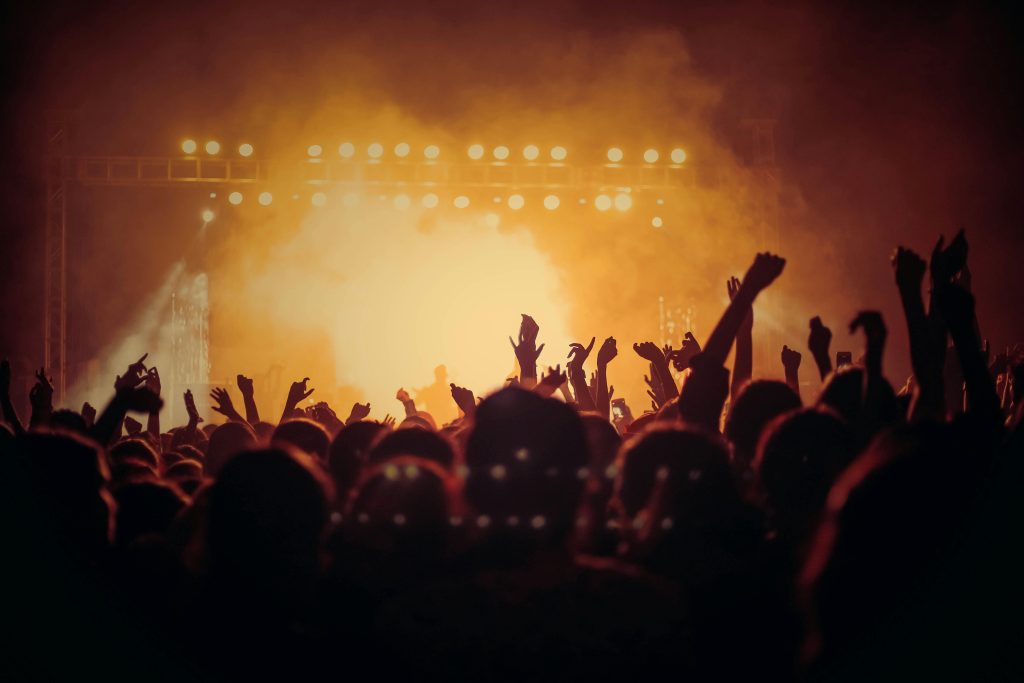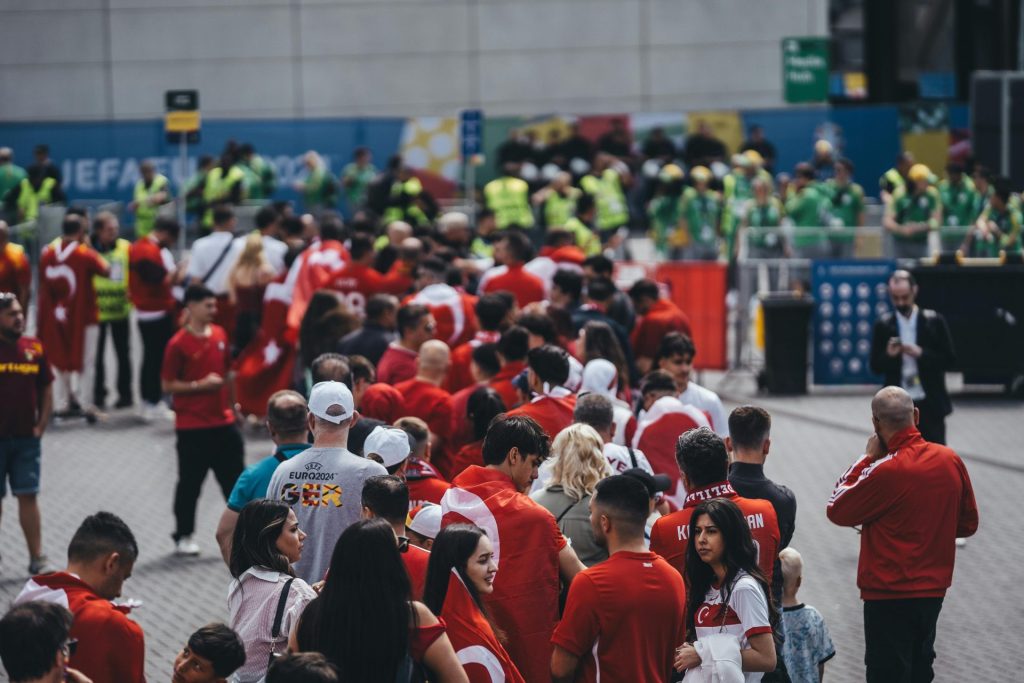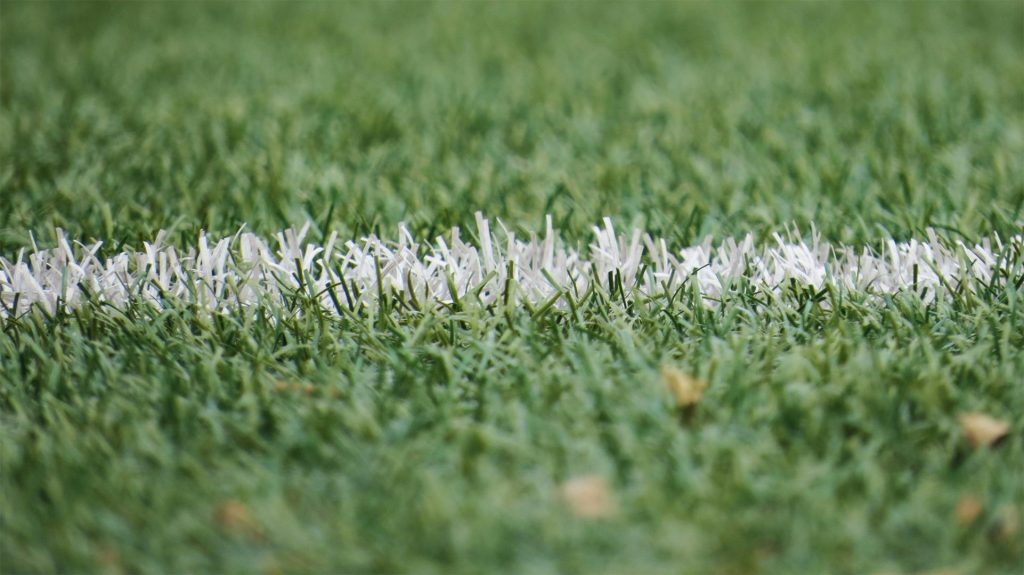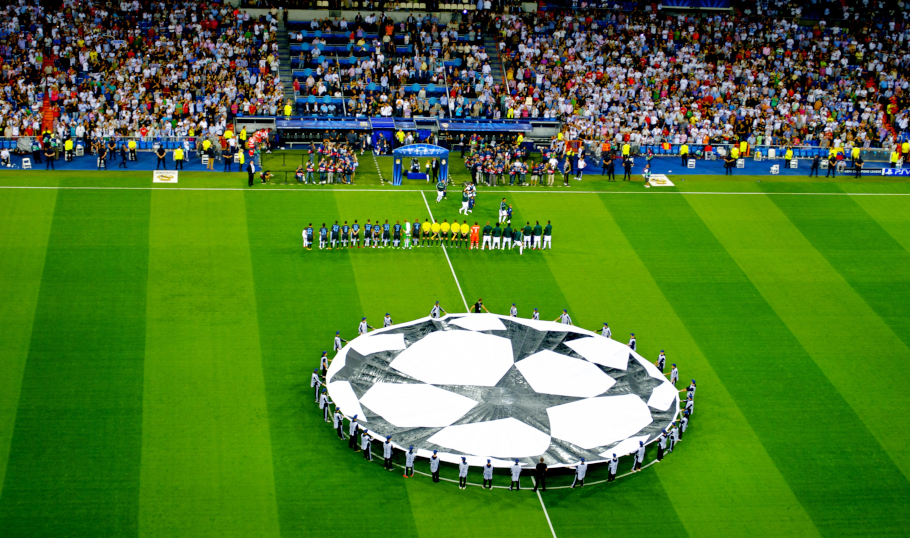Football and music are two of the most powerful cultural forces globally, each capable of moving millions, if not billions, of people. While seemingly distinct, these worlds often intersect, influencing and enhancing one another in myriad ways. From anthems that echo through stadiums to pop songs that celebrate football legends, the synergy between football and music enriches both spheres, creating a vibrant tapestry of shared experiences and emotions. This article explores the profound connections between football and music, examining how they intersect in fan culture, player identities, and global events.
Music as a Vital Part of Football Culture
Music has been an integral part of football culture since the sport’s early days. It enhances the atmosphere in stadiums, fosters a sense of community among fans, and serves as a powerful medium for expressing support and identity. Football chants, often rooted in popular tunes, are a quintessential example of this relationship. Fans adapt well-known songs into chants that celebrate their team, mock rivals, or reflect local culture and history.
These chants, ranging from simple rhythmic clapping to complex melodies, create an electrifying atmosphere during matches. They serve not only to inspire and motivate players but also to unify supporters, turning stadiums into cauldrons of collective energy. For example, the English anthem “You’ll Never Walk Alone,” adopted by Liverpool FC supporters, transcends its origins as a 1945 musical song, symbolizing solidarity and resilience.
Beyond the stadium, music extends into football-related festivities and fan gatherings. Supporters’ clubs and fan zones often feature live bands, DJs, and playlists that celebrate their teams and favorite players. These musical expressions foster a sense of belonging and continuity, linking generations of fans through shared songs and memories.
Anthems and Iconic Football Songs
Football has inspired a plethora of songs that have become anthems in their own right, transcending their initial purpose to become part of the sport’s cultural fabric. National and club anthems play a pivotal role in pre-match ceremonies, rallying fans and players alike. Songs like “Three Lions (Football’s Coming Home)” by The Lightning Seeds, released for the Euro 96 tournament, have become timeless classics, embodying the hopes and dreams of a nation.
The FIFA World Cup and UEFA European Championship often feature official songs that capture the spirit of the tournament. Tracks like “Waka Waka (This Time for Africa)” by Shakira for the 2010 World Cup and “We Are the People” by Martin Garrix, Bono, and The Edge for Euro 2020 are examples of how music helps to define the mood and ethos of these global events.
Additionally, club-specific songs and regional anthems hold a special place in the hearts of fans. For instance, “Blue Moon” for Manchester City and “I’m Forever Blowing Bubbles” for West Ham United are more than just songs; they are symbols of identity and pride that resonate deeply with their respective supporter bases.
Footballers and Music: The Crossover Appeal
Footballers themselves often have strong connections to music, with many expressing their love for the art form or even pursuing musical careers alongside their sporting endeavors. Some players have released their own music, spanning genres from rap to pop. Notable examples include Brazilian legend Pelé, who released an album of original songs, and Dutch star Memphis Depay, who has gained recognition as a rapper.
Music often plays a significant role in footballers’ lives off the pitch as well, influencing their pre-match rituals and personal branding. Players frequently share their favorite tracks on social media, and curated playlists often accompany their warm-up routines. The relationship between football and music is also evident in the fashion choices and lifestyle of players, with many aligning themselves with musical subcultures and trends.
Collaborations between footballers and musicians are also becoming more common. For example, English striker Marcus Rashford has worked with various artists on charity initiatives and campaigns that combine football and music to raise awareness and funds for important causes. These collaborations highlight the mutual admiration and influence between the two worlds.
Music at Football Events: Creating Atmosphere and Unity
Music plays a crucial role in the staging and atmosphere of football events, from local matches to international tournaments. The soundtrack of a football match extends beyond chants to include the music played over stadium PA systems before, during, and after games. Pre-match warm-ups, halftime breaks, and post-match celebrations are often accompanied by carefully selected tracks that energize the crowd and enhance the event’s experience.
At major tournaments like the World Cup and the European Championship, music is a fundamental part of the opening and closing ceremonies. These grand spectacles often feature live performances by globally renowned artists, reflecting the host nation’s culture and setting the tone for the tournament. The use of music in these contexts serves to celebrate the global unity that football inspires, transcending language and cultural barriers.
Music also plays a significant role in football broadcasts, with theme tunes and jingles becoming instantly recognizable and synonymous with the sport. Television networks carefully select music for highlight reels, promotional spots, and montages, creating a sensory connection that enhances viewers’ emotional engagement with the game.
Fan-Made Music: Grassroots Creativity
Fans are not just passive consumers of football music; they actively contribute to it through creative expressions that range from terrace chants to grassroots anthems. Fan-made music often captures the spirit and character of clubs, players, and fan communities, becoming an essential part of the football experience.
Supporter groups frequently produce songs and chants that celebrate iconic moments, legendary players, or local traditions. These musical expressions can become viral sensations, spreading through social media and creating a shared culture among fans worldwide. Platforms like YouTube and SoundCloud have amplified the reach of fan-made music, allowing supporters from different regions and backgrounds to connect and collaborate.
The rise of social media and digital tools has also enabled fans to create and share remixes, mashups, and original compositions inspired by football. This grassroots creativity reflects the deep emotional connection that fans have with the sport and their desire to express it through music.
Future Trends: The Evolving Relationship Between Football and Music
The relationship between football and music is likely to continue evolving, influenced by technological advancements and changing cultural dynamics. Several trends are shaping the future intersection of these two worlds:
- Digital Integration: As digital platforms and streaming services become more integrated into everyday life, we can expect more interactive and personalized musical experiences for football fans. Augmented reality (AR) and virtual reality (VR) technologies may offer new ways to experience music and football together, such as virtual concerts or immersive fan experiences.
- Collaborative Campaigns: The collaboration between football clubs, players, and musicians is likely to grow, with more joint campaigns and initiatives that combine music and football for charitable or promotional purposes. These collaborations can create unique content that resonates with diverse audiences.
- Fan-Driven Innovation: Fans will continue to play a crucial role in shaping the music of football, using social media and digital tools to create and share their own content. This grassroots creativity will enrich the football culture, fostering a dynamic and evolving musical landscape.
- Sustainability and Inclusivity: The future of football and music will also be influenced by broader social trends, including sustainability and inclusivity. Expect to see more initiatives that use music and football to promote social causes, celebrate diversity, and address environmental issues.
In conclusion, the interplay between football and music is a rich and multifaceted phenomenon that enhances both worlds. From anthems that galvanize stadiums to collaborations that bridge the gap between players and artists, music plays a vital role in the culture and experience of football. As the sport continues to grow and evolve, so too will its musical connections, reflecting the passions and aspirations of fans and players alike.



